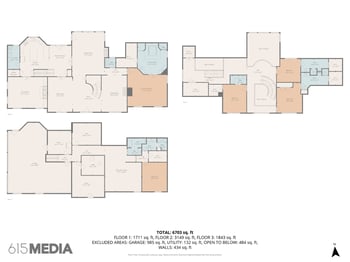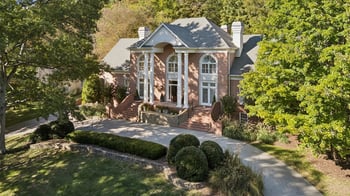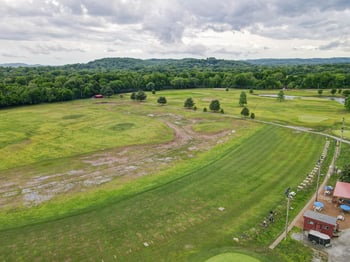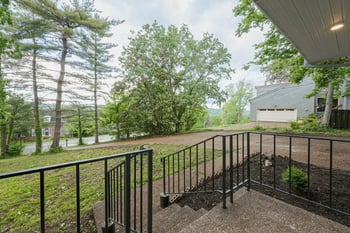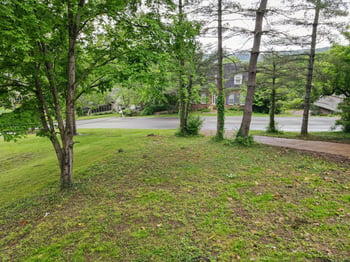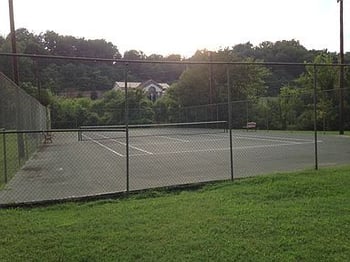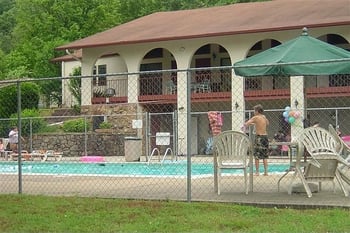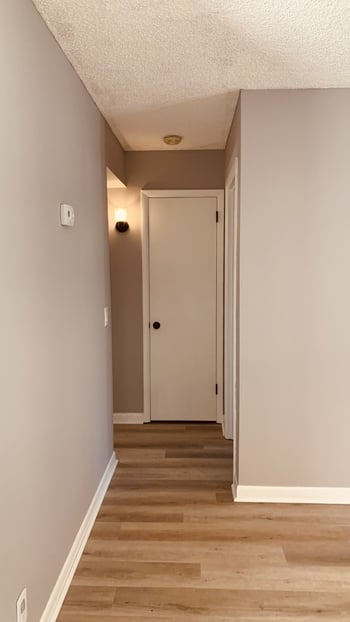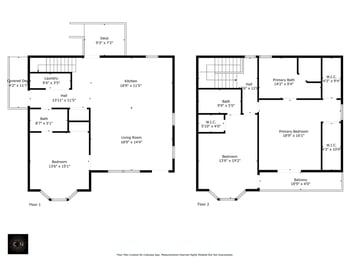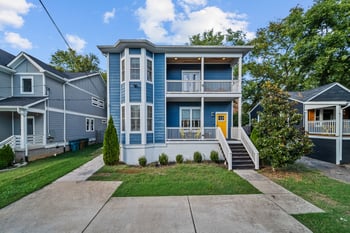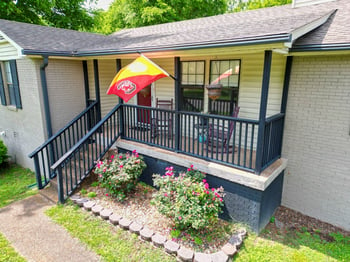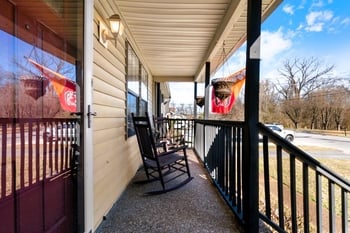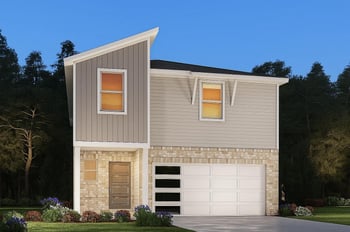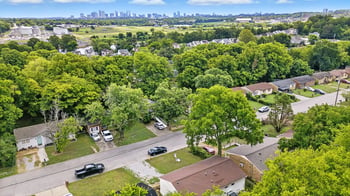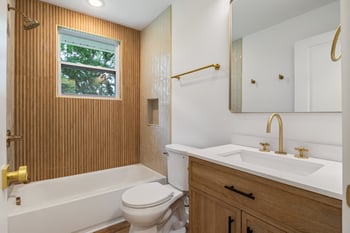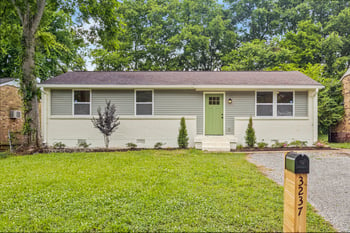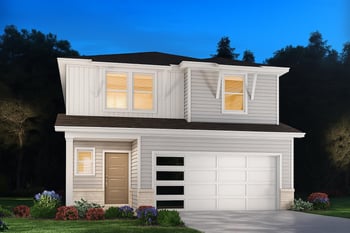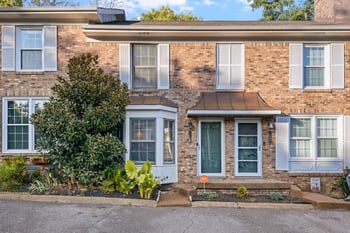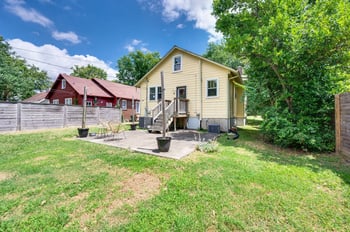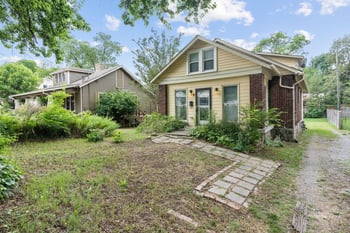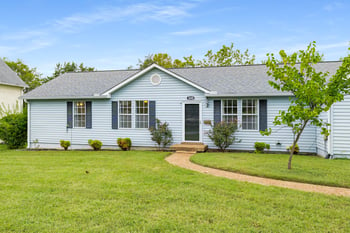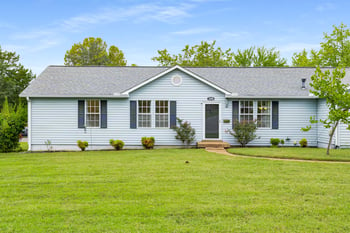What's an HPR? Horizontal Property Regimes vs Condos vs Townhouses in Nashville 🏠
Confused about HPRs, condos, and townhouses in Nashville? You're not alone! As Nashville natives and realtors with 21 years of experience, Stephanie and I break down these property types so you can make the best decision for your Nashville home purchase.
The Celebrity Real Estate Lesson That Changed Everything 🎭
A few years back, I was showing homes in 12 South to Sheryl Crow's road manager when Sheryl herself joined us halfway through. While discussing the neighborhood, she suggested he buy "one of the duplexes" for rental income. When I mentioned those were actually horizontal property regimes (HPRs), she became incensed that I'd corrected her.
I tried to salvage the situation, but it got awkward fast – partly because she didn't know what an HPR was, and partly because I was clumsy in explaining it. We looked at a few more homes as she fume. The next morning, the road manager called saying he "had to fire me" and was very sorry. Sheryl wanted him to use her Realtor. And so it goes.
It stung, particularly when we discovered he bought the exact house I'd shown him. But the real tragedy? Sheryl lost a longtime fan that day – Stephanie had been listening to her since the '90s! I resolved then to make sure I had a clear, concise definition of what an HPR was for future interactions, though this is trickier than it might seem.
If you've been house hunting in Nashville neighborhoods like East Nashville, Green Hills, or the Nations, you've probably come across listings that mention "HPR" or "PUD" and wondered what the heck that means. Don't worry – even seasoned Nashville home buyers get confused by these terms!
What Exactly Is an HPR? 🤔
HPR stands for Horizontal Property Regime – it's basically Nashville's way of legally subdividing one property into two parcels without requiring a public hearing. Think of it as a developer-friendly zoning tool that allows them to create multiple units on a single piece of land without jumping through the typical bureaucratic hoops.
Here's what makes HPRs unique in Nashville:
- No public hearings required for subdivision
- Faster development process compared to traditional zoning changes
- The home can be attached or detached
- Homes may share common elements like roofline and driveway

HPR vs PUD: What's the Difference? 🏘️
Planned Unit Development (PUD) is actually a specific type of HPR, but with more bells and whistles:
Standard HPR:
- Usually 2-4 properties
- Minimal common areas
- Simple shared elements (maybe a driveway)
- No HOA fees (you should update the HPR incorporation docs with the city annually for ~$100)
PUD Development:
- Multiple properties (often 10+ units)
- May share common amenities (parking lot, landscaping, mailboxes, amenities)
- Active homeowner association
- HOA fees
- Rules and regulations
Understanding HPR Ownership: What You Actually Own 📋
When you buy an HPR in Nashville, you're getting three types of property:
Private Elements
- Your actual unit and the land directly underneath
- Interior improvements you've made
- Your responsibility for maintenance and insurance
Common Elements
- Shared landscaping and exterior areas
- Structural elements like shared walls or roofs
- Maintained collectively by the association
Limited Common Elements
- Shared driveways (super common in East Nashville)
- Mailbox clusters
- Designated parking spaces
- Walkways and entrances
Nashville Zoning: Can Your Property Support an HPR? 🗺️
Curious if your property could become an HPR? Here's how Nashville zoning works:
HPR-Friendly Zoning:
- R-6 through R-80 – these codes typically allow multiple units
- Mixed-use zones in areas like The Gulch, Germantown
Single-Family Only:
- RS zones – designed for single-family homes only
- Most suburban areas in Brentwood, Donelson, Bellevue, etc.
HPR vs Condo vs Townhouse: Breaking Down the Confusion 🤷♀️
This is where it gets tricky, even for experienced agents.
HPR/PUD Properties
- Horizontal living – no one above or below you
- You own the dirt under your unit
- Slightly better financing options
- FHA/VA friendly (usually)
- Lower interest rates typically
Condominiums
- Can be vertical (stacked units) or horizontal
- Association owns the land collectively
- Insurance included in HOA fees, typically
- Higher interest rates may apply
- More financing restrictions
Townhomes
- Can be classified as either condo or PUD
- Check the original deed to know for sure
- Look at HOA structure for clues
Pro Tip: If you see a row of townhomes with some smaller one-bed units stacked on top of each other at the end, the whole development is classified as a condo complex, even if most units are side-by-side.
Zero Lot Line Properties: Nashville's Vintage Duplexes 🏚️
You'll occasionally spot these in older Nashville neighborhoods:
- Look like duplexes but only one side is for sale
- No HOA or association
- Each owner maintains their side independently
- Common wall but separate ownership
- Banned in Davidson County since 1984
Why HPRs Make Sense for Nashville Buyers 💡
For First-Time Buyers:
- Lower maintenance than traditional single-family homes
- Affordability in desirable neighborhoods
- Community feel without apartment living
- Good starter home option in popular areas
For Investors:
- Easier financing than condos
- Strong rental demand in Nashville's growing market
- Less maintenance than traditional rentals
For Downsizers:
- Lock-and-leave lifestyle
- Neighborhood living without yard work
- Security of community living
Financing Your Nashville HPR Purchase 💰
Why HPRs Often Win:
- Lower interest rates compared to condos
- FHA/VA approved (most developments)
- Conventional financing readily available
- Less lender scrutiny than condo purchases
Work with the Right Team: I recommend Mary Littleton with Accurate Mortgage for HPR financing. She understands Nashville's unique property types and can guide you through the process smoothly.
Insurance Considerations for Nashville HPRs 🛡️
Key Coverage Areas:
- Your unit and personal belongings
- Liability protection for your private elements
- Gap coverage for common elements not covered by association
- Understand association coverage to avoid double-paying
Pro tip: Work with insurance providers familiar with Nashville HPR developments. Rudy Title can help explain what's covered in your specific association during closing.
Red Flags to Watch For 🚩
Association Issues:
- Lapsed incorporation (happens more than you'd think!)
- Unpaid state fees creating legal vulnerabilities
- Unclear bylaws or missing documentation
- Deferred maintenance on common elements
Before You Buy:
- Review HPR incorporation documents thoroughly
- Check financial health of the association if there is one
- Review Bylaws, Rules, Regulations, charters and recent meeting minutes
- Understand common element responsibilities
- Get professional Home Inspection
- Consult your insurance agent to ensure proper coverage
We find that many owners let their incorporation lapse by not paying the state the $100 annual fee to reinstate it. For completely detached units with no limited common elements, this generally doesn't cause problems, but it's smart policy for attached units to keep their association active for insurance purposes.
Should You Buy an HPR in Nashville? 🤔
HPRs Work Well If You:
- Want neighborhood living without full maintenance
- Prefer horizontal living (no upstairs neighbors)
- Like community amenities without high costs
- Need easier financing than condos offer
- Want investment potential in growing areas
Consider Alternatives If You:
- Want complete privacy and independence
- Prefer no HOA fees or restrictions
- Need maximum customization freedom
- Want large outdoor space for your family
Ready to Explore Nashville HPRs? 🏡
Understanding HPRs, condos, and townhouses doesn't have to be overwhelming. With 20+ years of Nashville real estate experience, Stephanie and I have helped many families navigate these property types successfully.
Whether you're a first-time buyer exploring options or you're ready to downsize, we're here to guide you through every step. We never hand you off to assistants – you work directly with Stephanie and me from start to finish..
Ready to start your Nashville home search?
📞 Call us at (615) 751-8913
📧 Email [email protected]
As Nashville natives, we know these neighborhoods inside and out. Let's find your perfect Nashville home together – and I promise to explain property types clearly from the start!
The Nesting In Nashville Team at Brokers Cooperative has been helping Nashville families buy and sell homes since 2003. We live in Donelson and work throughout Davidson County and surrounding areas, serving first-time buyers, move-up buyers, and sellers throughout Middle Tennessee.





